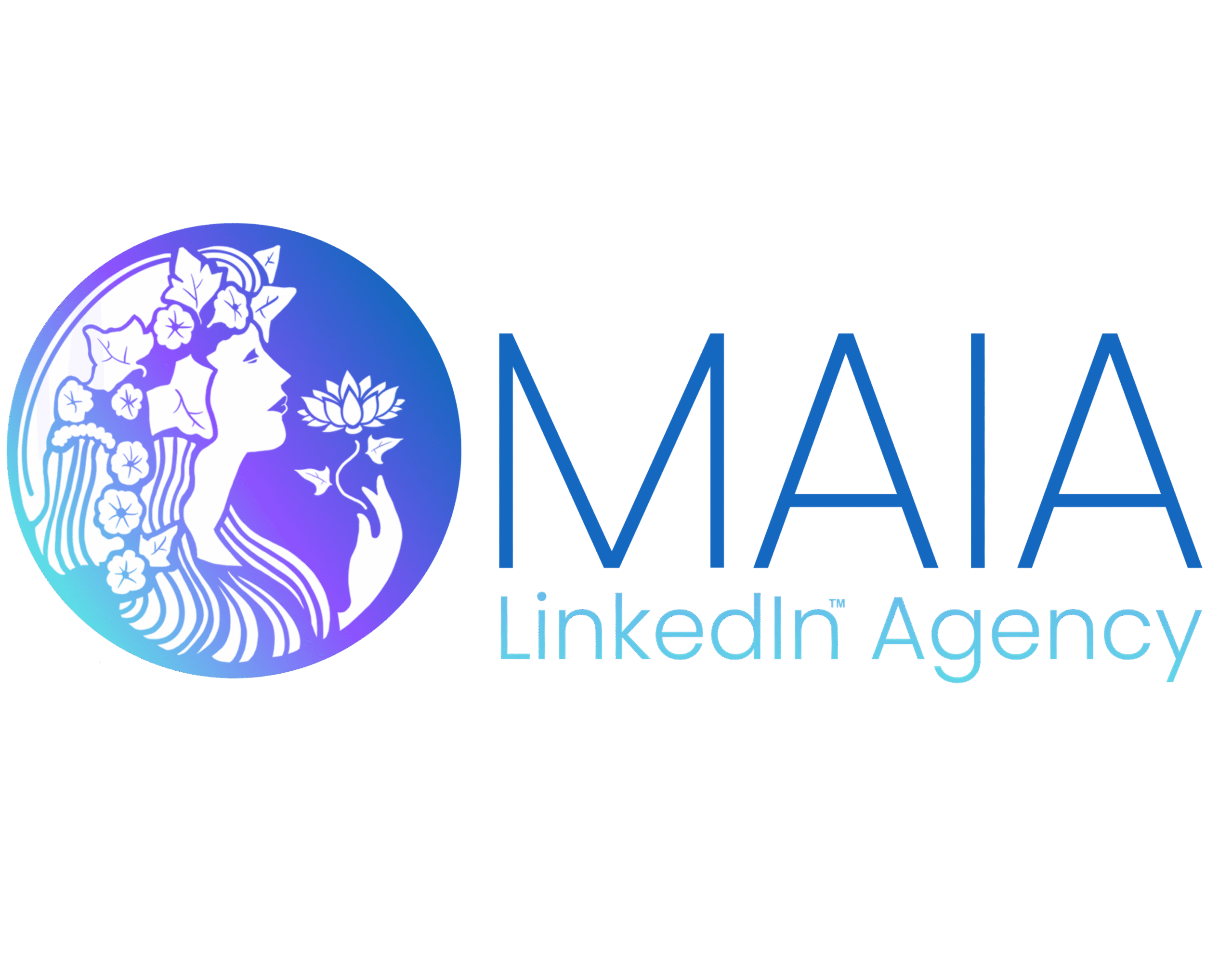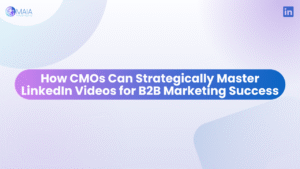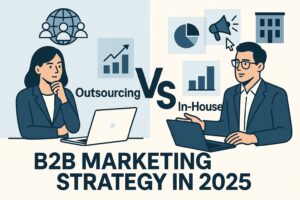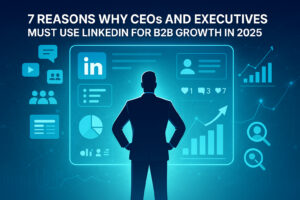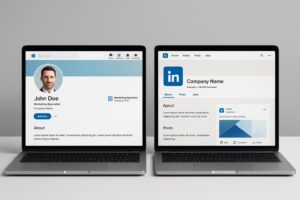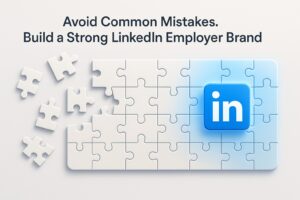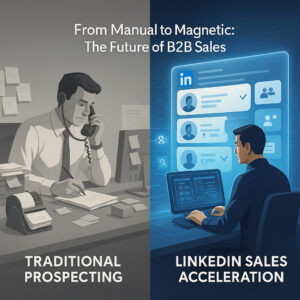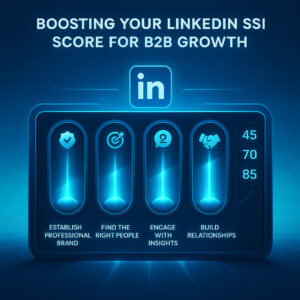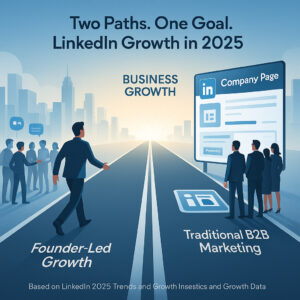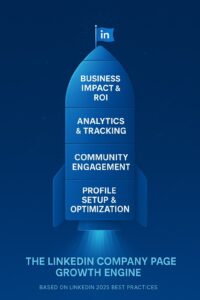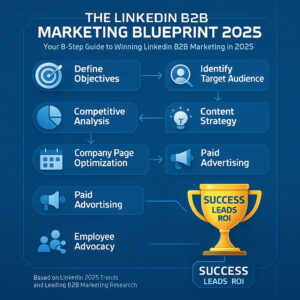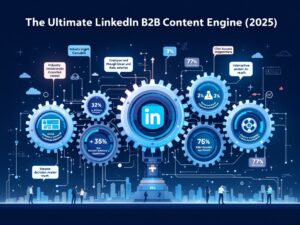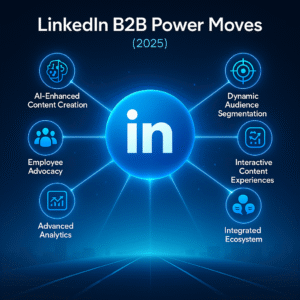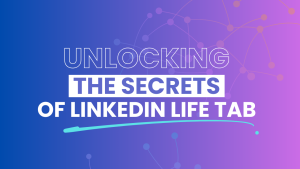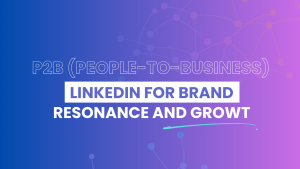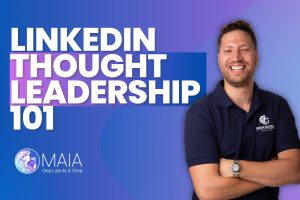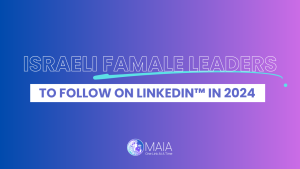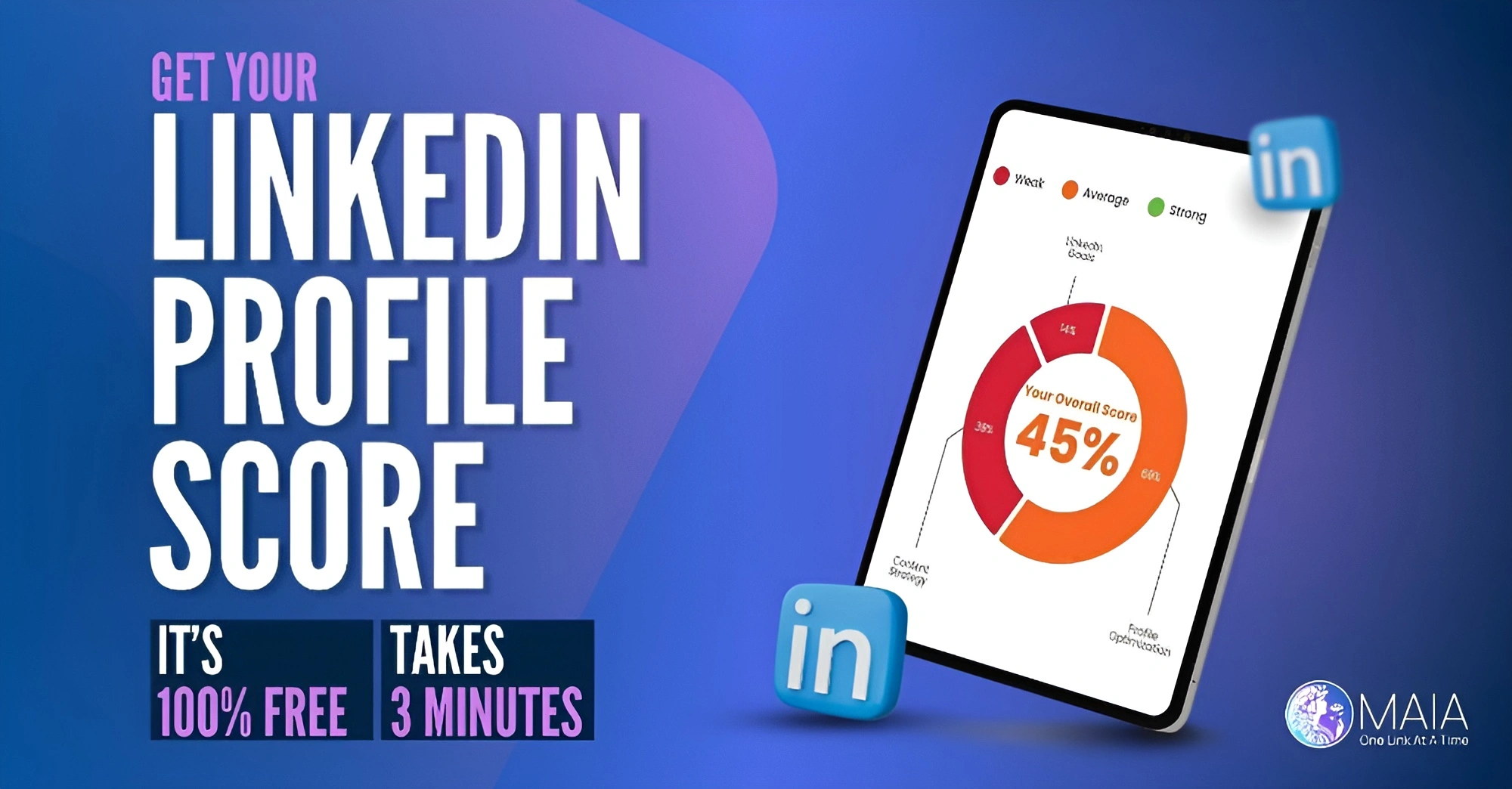How to Build Executive Thought Leadership on LinkedIn: A Step-by-Step Playbook for B2B Brands
With over 1.2 billion professionals on LinkedIn as of 2025, the platform has become the definitive space for B2B thought leadership. Research from Edelman shows that 89% of decision-makers believe thought leadership enhances their perception of an organization, yet only 15% of content meets their quality expectations. This gap represents a significant opportunity for B2B brands willing to invest in developing executive voices that stand out.
This comprehensive playbook will guide you through the process of transforming your leadership team into recognized industry voices that drive business results through strategic LinkedIn engagement.
Why Executive Thought Leadership Matters for B2B Brands
Before diving into the tactics, let’s understand the tangible benefits of executive thought leadership:
-
Trust acceleration: 65% of buyers report that thought leadership significantly builds trust in companies, according to LinkedIn’s 2024 B2B Thought Leadership Impact Study
-
Lead generation: Content from executives receives 3x higher engagement than identical content from company pages
-
Sales enablement: 62% of decision-makers say thought leadership is a critical factor when selecting potential vendors
-
Talent attraction: Organizations with visible executive voices see 34% higher application rates for open positions
When executed properly, executive thought leadership creates a continuous virtuous cycle that amplifies your brand’s market position while creating measurable business impacts.
Step 1: Develop a Distinctive Point of View
Authentic thought leadership begins with a clear, defensible perspective. Generic content that simply restates industry consensus won’t differentiate your executives or brand.
The POV Development Process:
-
Conduct market analysis: Identify prevailing industry narratives and knowledge gaps
-
Leverage internal expertise: Document unique methodologies, frameworks, and experience-based insights your organization has developed
-
Articulate contrarian views: Determine where your executives can legitimately challenge conventional wisdom with supporting evidence
-
Test and refine: Gather feedback on POV statements before full-scale implementation
Your executives’ perspectives should align with business objectives while remaining authentic to their professional experiences and beliefs. Research shows that perceived authenticity is the single strongest predictor of thought leadership success.
Step 2: Optimize Executive LinkedIn Profiles
Before publishing content, ensure executive profiles are optimized to support thought leadership objectives.
Profile Optimization Checklist:
-
Professional headshot: High-quality, current photo (updated within past 18 months)
-
Compelling headline: Go beyond job title to include expertise areas and value proposition
-
Narrative-driven summary: Tell the leader’s professional story while highlighting expertise domains
-
Featured content: Showcase best thought leadership examples, media appearances, and speaking engagements
-
Custom URL: Simplify and personalize the profile link
-
Creator mode activation: Enable LinkedIn’s creator tools to maximize content reach
Need expert guidance on optimizing your executives’ LinkedIn profiles for maximum impact? Our team of LinkedIn specialists can help transform their digital presence.
Step 3: Develop a Strategic Content Calendar
Consistency is crucial for thought leadership development. Establish a manageable cadence that aligns with executive capacity and audience expectations.
Content Mix Recommendations:
-
70% industry insights: Analysis of trends, challenges, and opportunities
-
15% personal professional journey: Leadership lessons, career milestones, and growth experiences
-
10% company narrative: Strategic vision, culture, and differentiation (without overtly selling)
-
5% engagement content: Questions, polls, and conversation starters
LinkedIn’s algorithm currently favors native content formats, particularly text-only posts, carousels, and short-form video.
Step 4: Implement a Content Creation System
Few executives have time to personally create all their LinkedIn content. Develop a streamlined process that preserves their authentic voice while minimizing time investment.
Efficient Executive Content Creation Model:
-
Input capture: Schedule 15-30 minute monthly sessions to record executive insights on planned topics
-
Draft development: Content team creates posts based on recorded insights
-
Review and approval: Executive reviews, edits as needed, and approves final content
-
Publication and amplification: Content team manages posting schedule and initial engagement
This approach can reduce executive time commitment to under two hours monthly while maintaining an active, authentic presence.
Step 5: Engage Strategically with Your Network
Thought leadership on LinkedIn isn’t just about publishing—it’s about participation in the larger conversation. Allocate 20-30 minutes weekly for executives to engage with industry content.
Engagement Priority Framework:
-
Top-tier connections: Key clients, prospects, and industry influencers
-
Relevant trending topics: Add perspective to high-visibility conversations
-
Team content: Support organizational content ecosystem
-
Strategic partners: Strengthen alliance relationships
Thoughtful comments on others’ content often generate more relationship value than original posts. LinkedIn’s 2024 engagement statistics show that executives who regularly comment on industry content see 42% more profile views and 27% more connection requests than those who only post their own content.
Step 6: Measure Impact and Refine Approach
Establish clear metrics to track thought leadership effectiveness. While vanity metrics provide some insight, focus on business-aligned outcomes.
Key Performance Indicators:
-
Engagement quality: Comments and shares from target accounts
-
Profile traffic: Visitor demographics and company affiliations
-
Content resonance: Topic-specific performance trends
-
Network growth: New relevant connections
-
Business impact: Attributed leads, meetings, and revenue
Review performance monthly and quarterly to identify content themes and formats that drive desired outcomes. Use these insights to continuously refine your executive thought leadership strategy.
Our team specializes in developing comprehensive thought leadership programs that align with your business objectives. We handle the entire process from strategy to execution, allowing your executives to build influence while minimizing their time investment.
FAQs About Executive Thought Leadership on LinkedIn
How much time should executives spend on LinkedIn thought leadership?
With an efficient system, executives can maintain an effective thought leadership presence with 5-6 hours weekly. This includes content review, approval, and strategic engagement. The key is creating support systems that maximize impact while respecting executives’ limited time.
How long does it take to establish thought leadership?
Building meaningful thought leadership typically requires 6-12 months of consistent effort. Initial traction metrics (engagement, followers) may appear within 3-4 months, but reputation development and business impact generally emerge after 6+ months of consistent, quality content and engagement.
Can thought leadership be measured in ROI terms?
Yes, with proper tracking systems. Leading organizations use attribution models that connect thought leadership activities to pipeline development. According to LinkedIn’s B2B Institute, mature thought leadership programs generate 2-7x ROI through combined impacts on lead generation, sales velocity, and customer retention.
Ready to transform your executives into industry thought leaders? Contact our LinkedIn specialists for a personalized thought leadership strategy designed for your organization’s specific goals and challenges.
